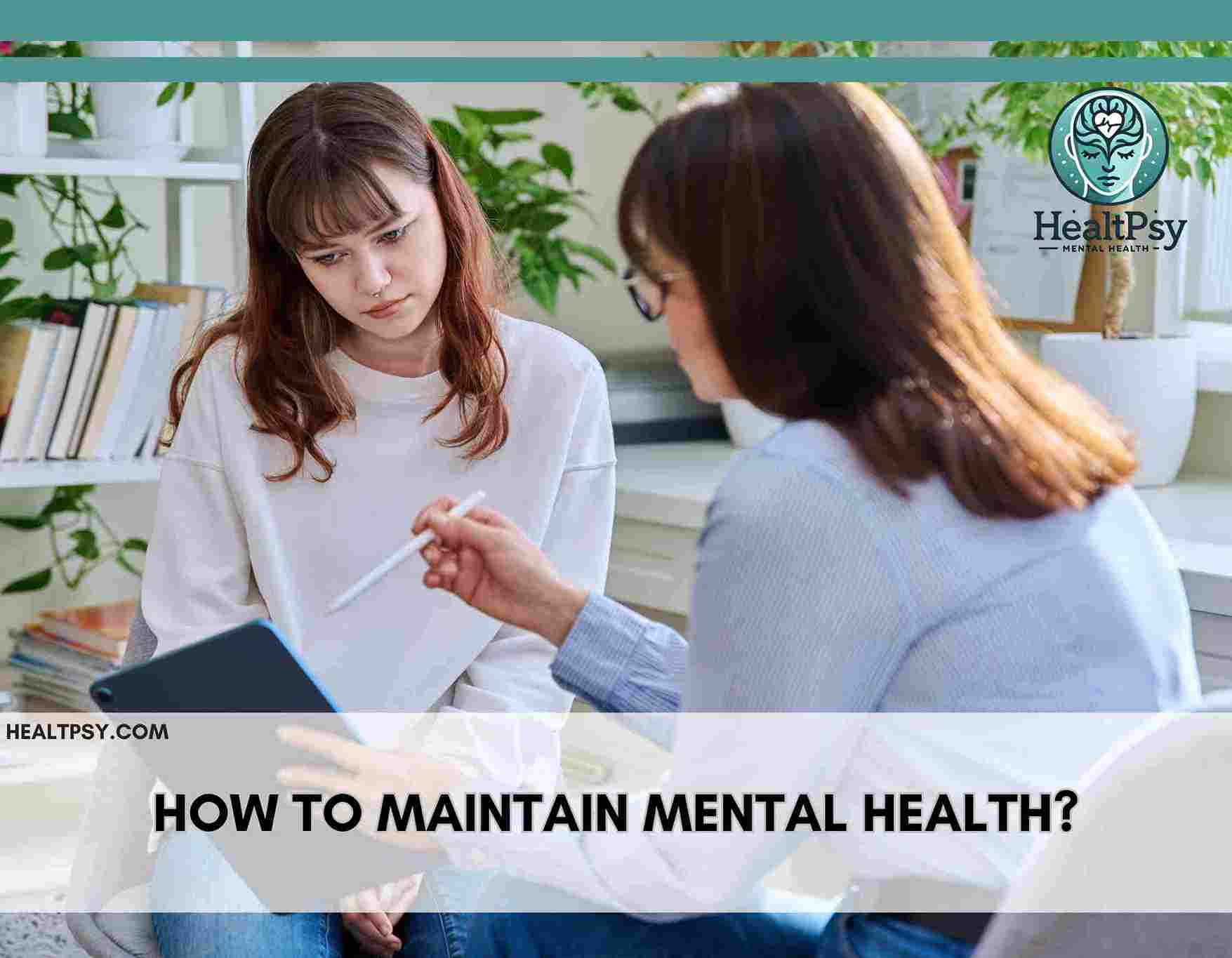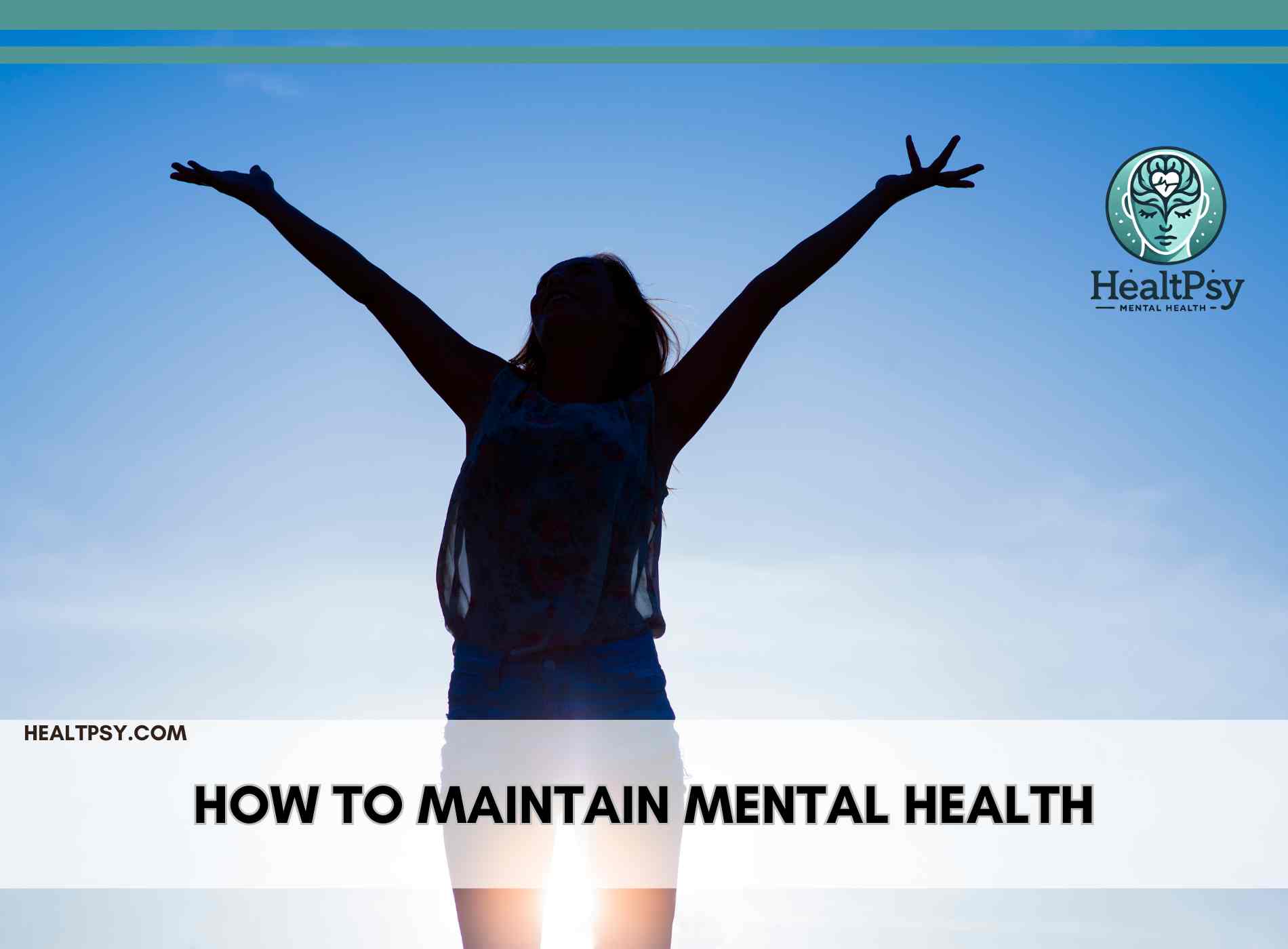Mental Health in America: 1 in 5 Americans Struggles with Psychological Disorders
Introduction: Understanding Mental Health in America
Mental health in America has become a critical concern as approximately 1 in 5 adults experiences a mental illness each year. This widespread issue affects individuals, families, workplaces, and the overall economy.
From anxiety and depression to more severe conditions like bipolar disorder and schizophrenia, mental health in America requires urgent attention. However, barriers such as stigma, lack of access to care, and financial constraints prevent many from receiving proper treatment.
📌 This article explores the prevalence of mental health disorders in the U.S., their causes, economic impact, and solutions.
🔗 National Institute of Mental Health (NIMH) – Mental Health Statistics
Prevalence of Mental Health Disorders in America
According to recent data, mental health in America is a growing challenge, affecting millions annually. Below is a breakdown of mental illness prevalence:
| Category | Percentage Affected |
|---|---|
| All Adults | 22.8% |
| Women | 51.7% |
| Men | 40% |
| Black Americans | 21.4% |
| Latinos | 20.7% |
| Asian Americans | 16.4% |
| Multiracial Individuals | 34.9% |
| LGBTQ+ Community | 50.2% |
Economic and Social Impact of Mental Health in America
The impact of mental health in America extends beyond individuals and families—it has significant economic and societal consequences:
- $280 billion annually is lost due to mental health-related work absences and healthcare costs.
- Over 12 billion workdays are lost worldwide due to anxiety and depression.
- Suicide, often linked to untreated mental health disorders, is the second leading cause of death for individuals aged 10-34.
Mental Health in America: Impact on Society
Barriers to Mental Health Care
Despite the high prevalence of mental disorders, many Americans face challenges in accessing proper treatment. These barriers prevent individuals from receiving timely and effective mental health care, often leading to worsening symptoms and long-term consequences.
One significant challenge is the lack of mental health education, which results in many individuals failing to recognize the early signs of psychological distress. Without proper awareness, mental health issues may go undiagnosed for years. Additionally, cultural and linguistic barriers make it difficult for non-English speakers or individuals from diverse backgrounds to seek appropriate care.
Another major obstacle is long wait times for mental health services. Many individuals seeking therapy or psychiatric help face weeks or even months before they can secure an appointment, especially in rural areas where mental health professionals are scarce. Workplace stigma also discourages employees from seeking mental health support, fearing that disclosing their struggles might negatively impact their careers.
To address these challenges, there must be a greater emphasis on community-based mental health programs, expansion of teletherapy services, and integration of mental health education into schools and workplaces.
1. Stigma Surrounding Mental Health in America
Although awareness has improved, stigma still prevents many from seeking help. People fear judgment from society, colleagues, or family members, which delays or discourages treatment.
2. Financial and Insurance Barriers
The cost of therapy, medications, and psychiatric care can be prohibitive. Many Americans lack adequate mental health coverage, making treatment inaccessible.
3. Shortage of Mental Health Professionals
The U.S. faces a significant shortage of psychiatrists, therapists, and counselors, particularly in rural areas. This shortage results in long wait times and inadequate access to care.
4. Racial and Socioeconomic Disparities
Marginalized communities, including minorities and low-income groups, face disproportionate difficulties in accessing mental health care due to language barriers, cultural stigmas, and financial constraints.
🔗 MentalHealth.gov – Government Resources on Mental Health
Solutions to Improve Mental Health in America
1. Expanding Access to Mental Health Services
- Increase funding for public mental health programs.
- Expand telehealth services to provide remote therapy.
2. Increasing Mental Health Education and Awareness
- Integrate mental health education in schools and workplaces.
- Encourage open discussions to normalize seeking help.
3. Strengthening Government Mental Health Policies
- Ensure mental health coverage in all health insurance plans.
- Invest in community-based support systems.
Conclusion
The crisis of mental health in America is evident, affecting millions annually and costing the economy billions. However, solutions such as increasing awareness, expanding healthcare accessibility, and reducing stigma can help create a healthier society.
📌 Key Takeaways:
- 1 in 5 Americans experiences a mental health disorder each year.
- Barriers such as stigma, cost, and lack of access prevent many from seeking care.
- Expanding mental health programs and policies can help reduce the burden of mental illness in the U.S.
🔗 Explore More on Mental Health
you might also like




